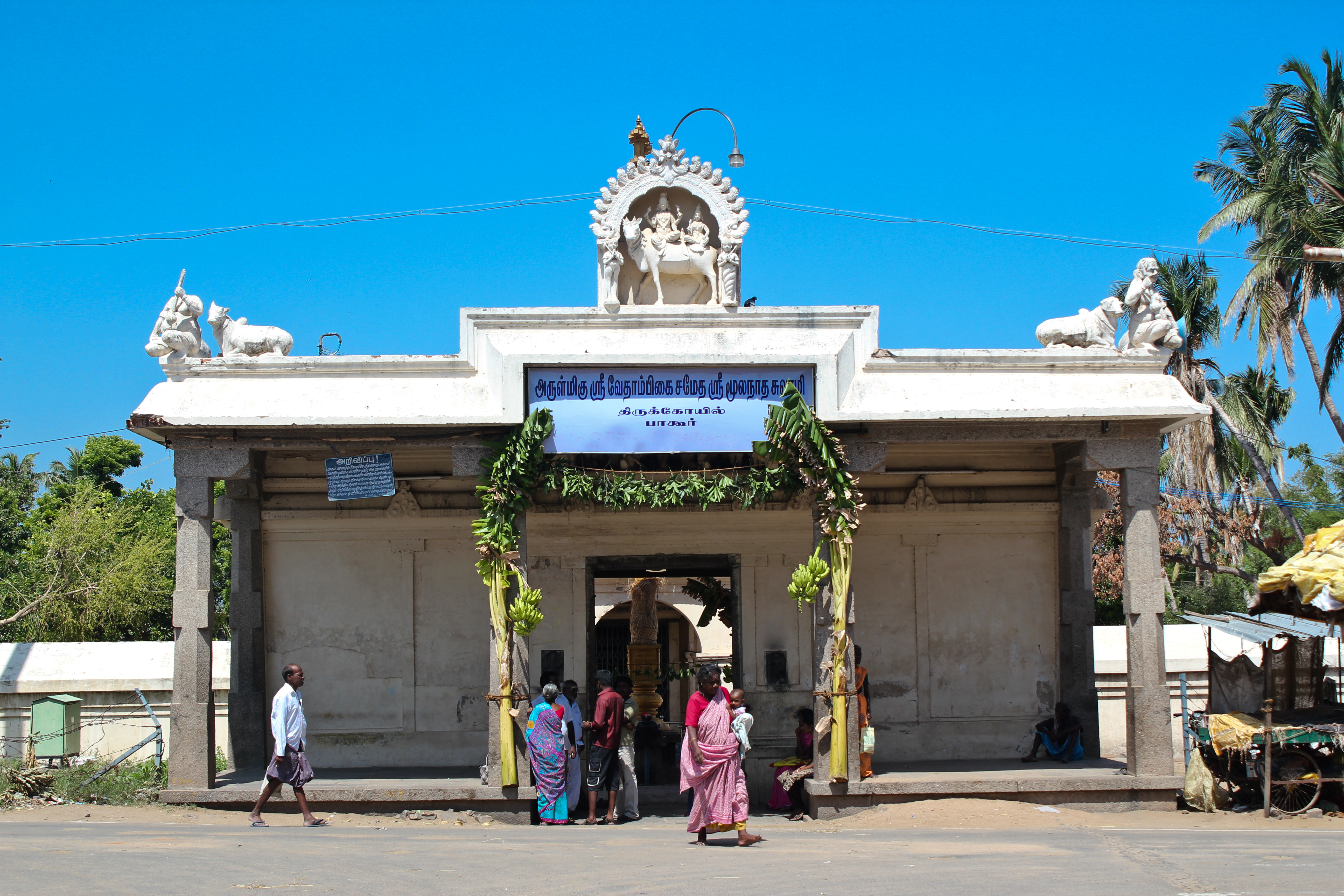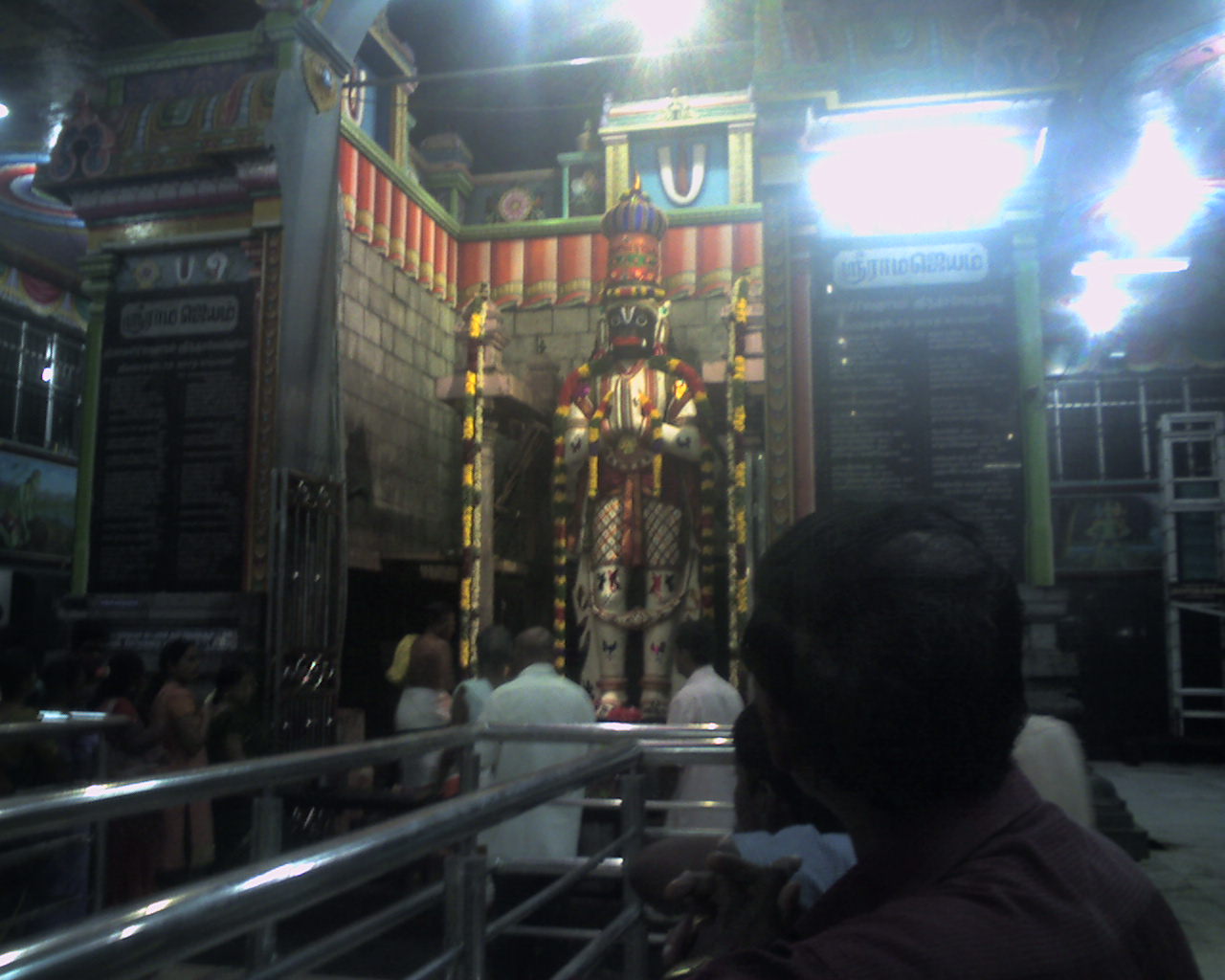|
Nriputungavarman
Nriputungavarman () was a king of the Pallava dynasty. Nriputungavarman was the son of Nandivarman III. Nrpatungavarman had at two queens, Viramahadevi and Kadavanmadevi, as both appear in his inscriptions as donors. In his architectural contribution, the rock-cut shrine at Namakkal and a Vishnu temple built at Ukkal is made for the queen A Indian copper plate inscriptions, copper plate inscription dating to the eighth year of the reign of Nriputunga Varman was unearthed in Bahour in 1879. The inscription in both Sanskrit and Tamil language, Tamil describes a grant of income from three villages to a seat of learning at Bahour. References {{Authority control Pallava kings ... [...More Info...] [...Related Items...] OR: [Wikipedia] [Google] [Baidu] |
Bahour
Bahour is a town, Bahour Commune, Commune, Bahour taluk, Taluk and Bahour (Union Territory Assembly constituency), Assembly Constituency in the Union Territory of Puducherry (union territory), Puducherry, India. It consists of four non-contiguous areas, including three of the nine true enclaves of Puducherry. It is home to the second largest and perhaps the oldest irrigation lake in the region- the Bahour Eri. The lake has been in existence since the Chola dynasty, Chola period.Francis, Cyril Antony. Gazetteer of India- Union Territory of Pondicherry Volume 1. Administration of the Union Territory of Pondicherry, 1982. Bahour also has reports of lignite deposits but it is not exploited due to its close proximity to the sea and the likelihood of seeping seawater, adulterating the ground water. It is a major access point for villages south of Puducherry and forms the southern border to the Union territory. The city is also known as the ‘rice bowl of Puducherry’ since the area is ... [...More Info...] [...Related Items...] OR: [Wikipedia] [Google] [Baidu] |
Pallava Dynasty
The Pallava dynasty existed from 275 CE to 897 CE, ruling a significant portion of the Deccan, also known as Tondaimandalam. The dynasty rose to prominence after the downfall of the Satavahana dynasty, with whom they had formerly served as feudatories. The Pallavas became a major South Indian power during the reign of Mahendravarman I (600–630 CE) and Narasimhavarman I (630–668 CE), and dominated the southern Andhra Region and the northern parts of the Tamil region for about 600 years, until the end of the 9th century. Throughout their reign, they remained in constant conflict with both the Chalukyas of Badami in the north, and the Tamil kingdoms of Chola and Pandyas in the south. The Pallavas were finally defeated by the Chola ruler Aditya I in the 9th century CE. The Pallavas are most noted for their patronage of Hindu temple architecture, the finest example being the Shore Temple, a UNESCO World Heritage Site in Mamallapuram. Kancheepuram served as the capital of the ... [...More Info...] [...Related Items...] OR: [Wikipedia] [Google] [Baidu] |
Nandivarman III
Nandivarman III was an Indian monarch of the Nandivarman II line who ruled the Pallava kingdom from 846 to 869. He was the son of Dantivarman and grandson of Nandivarman II. Reign Nandivarman III, who was a powerful monarch, tried to reverse the decline that began in the reign of his father. He made an alliance with the Rashtrakutas and the Gangas and defeated the Pandyas at the Battle of Tellaru. He then pursued the retreating Pandyan army as far as the river Vaigai. The Pandyan king Srimara Srivallabha, however, recovered most of his territories and even defeated the Pallavas at Kumbakonam. Nandivarman had a powerful navy and maintained trade contacts with Siam Thailand ( ), historically known as Siam () and officially the Kingdom of Thailand, is a country in Southeast Asia, located at the centre of the Indochinese Peninsula, spanning , with a population of almost 70 million. The country is bo ... and Malaya. References * {{Authority control ... [...More Info...] [...Related Items...] OR: [Wikipedia] [Google] [Baidu] |
Aparajitavarman
Aparajita Varman, ( fl. c. 885-903 CE) commonly referred as Aparajita, was a king of the Pallava dynasty. Considered as the last known ruler of the Pallavas, he was defeated and killed in c. 897 CE in a battle against Aditya I. The Pallava dynasty rule at Tondaimandalam came to an end thereafter as the Pallava territories were ceded into the Chola Empire. In 880 CE, Aparajita fought a battle against the Pandya ruler Varagunavarman II and had him defeated. Reign A depiction of Somaskanda on the rear wall of the sanctum of a temple commissioned by him in Tiruttani is regarded as the last known use of that stylistic tradition. In 885 he transferred the rule of Thanjavur to his ally and vassal Aditya I as a reward for his contribution to the victory at Thirupurambiyam. The Cholas The Chola dynasty was a Tamil thalassocratic empire of southern India and one of the longest-ruling dynasties in the history of the world. The earliest datable references to the Chola are fr ... [...More Info...] [...Related Items...] OR: [Wikipedia] [Google] [Baidu] |
Namakkal
Namakkal () is a special grade municipality and the headquarters of Namakkal district in the Indian state of Tamil Nadu. It is the first ISO 14001-2004 certified municipality in Asia for environmental management, specifically the provision and maintenance of water supply, solid waste and sewage management, town planning, lighting and other social services. Namakkal is known as the Egg City due to its large egg production and Transport city. History Namakkal is a historic town with references back to at least the 7th century. The name Namakkal derives from Namagiri, which is the name of the single rock formation at the center of the town. The rock is enormous - 65 meters high and more than a kilometre in circumference. Over this massive rock, is a fort, Namakkal Fort. Kongu nadu a small kingdom who ruled Namakkal during the 16th century. During Sangam age, Namakkal region formed a part of the historical Kongu Nadu region ruled by Cheras It is believed that Tippu Sultan hid h ... [...More Info...] [...Related Items...] OR: [Wikipedia] [Google] [Baidu] |
Indian Copper Plate Inscriptions
Indian copper plate inscriptions are historical legal records engraved on copper plates in India. Donative inscriptions engraved on copper plates, often joined by a ring with the seal of the donor, was the legal document registering the act of endowment. It was probably necessary to produce them when required to prove ownership/ the claim to the rights.Thapar, Romila'', The Penguin History of Early India: From the Origins to AD 1300.'' Penguin Books, 2002. 295-96 and 339. The retrievability of the copper plates was perhaps crucial in the newly settled lands. Detailed information on land tenures and taxation available from these copper plate grants. History Indian copper plate inscriptions (''tamarashasana''), usually record grants of land or lists of royal lineages carrying the royal seal, a profusion of which have been found in South India. Originally inscriptions were recorded on palm leaves, but when the records were legal documents such as title-deeds they were etched on a ... [...More Info...] [...Related Items...] OR: [Wikipedia] [Google] [Baidu] |
Sanskrit
Sanskrit (; attributively , ; nominally , , ) is a classical language belonging to the Indo-Aryan branch of the Indo-European languages. It arose in South Asia after its predecessor languages had diffused there from the northwest in the late Bronze Age. Sanskrit is the sacred language of Hinduism, the language of classical Hindu philosophy, and of historical texts of Buddhism and Jainism. It was a link language in ancient and medieval South Asia, and upon transmission of Hindu and Buddhist culture to Southeast Asia, East Asia and Central Asia in the early medieval era, it became a language of religion and high culture, and of the political elites in some of these regions. As a result, Sanskrit had a lasting impact on the languages of South Asia, Southeast Asia and East Asia, especially in their formal and learned vocabularies. Sanskrit generally connotes several Old Indo-Aryan language varieties. The most archaic of these is the Vedic Sanskrit found in the Rig Veda, a colle ... [...More Info...] [...Related Items...] OR: [Wikipedia] [Google] [Baidu] |
Tamil Language
Tamil (; ' , ) is a Dravidian language natively spoken by the Tamil people of South Asia. Tamil is an official language of the Indian state of Tamil Nadu, the sovereign nations of Sri Lanka and Singapore, and the Indian territory of Puducherry. Tamil is also spoken by significant minorities in the four other South Indian states of Kerala, Karnataka, Andhra Pradesh and Telangana, and the Union Territory of the Andaman and Nicobar Islands. It is also spoken by the Tamil diaspora found in many countries, including Malaysia, Myanmar, South Africa, United Kingdom, United States, Canada, Australia and Mauritius. Tamil is also natively spoken by Sri Lankan Moors. One of 22 scheduled languages in the Constitution of India, Tamil was the first to be classified as a classical language of India. Tamil is one of the longest-surviving classical languages of India.. "Tamil is one of the two longest-surviving classical languages in India" (p. 7). A. K. Ramanujan described it as "the on ... [...More Info...] [...Related Items...] OR: [Wikipedia] [Google] [Baidu] |
Epigraphia Indica
''Epigraphia Indica'' was the official publication of Archaeological Survey of India from 1882 to 1977. The first volume was edited by James Burgess in the year 1882. Between 1892 and 1920 it was published as a quarterly supplement to ''The Indian Antiquary''. Temple, Richard Carnac. (1922) Fifty years of The Indian Antiquary'. Mazgaon, Bombay: B. Miller, British India Press, pp. 3-4. One part is brought out in each quarter year and eight parts make one volume of this periodical; so that one volume is released once in two years. About 43 volumes of this journal have been published so far. They have been edited by the officers who headed the Epigraphy Branch of ASI. Editors * J. Burgess: Vol I (1882) & Vol II (1894) * E. Hultzsch: Vol III (1894–95), Vol IV (1896–97), Vol V (1898–99), Vol VI (1900–01), Vol VII (1902–03), Vol VIII (1905–06), Vol IX (1907–08) * Sten Konow: Vol X (1909–10), Vol XI (1911–12), Vol XII (1913–14), Vol XIII (1915–16) * F. W. Thomas ... [...More Info...] [...Related Items...] OR: [Wikipedia] [Google] [Baidu] |





